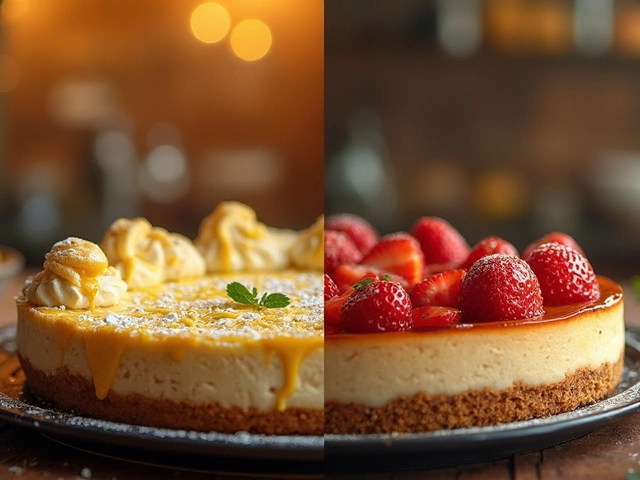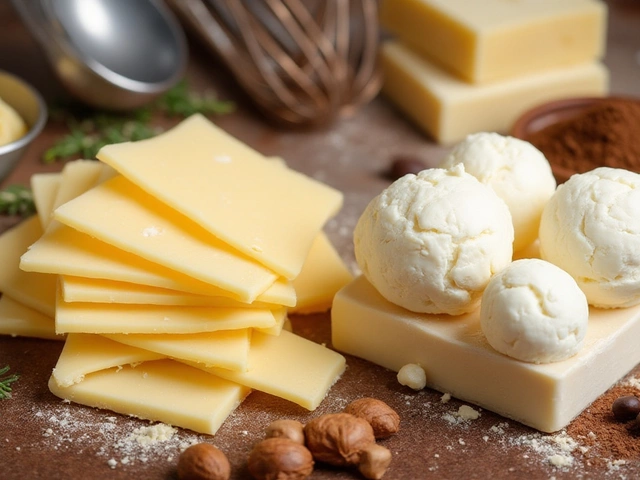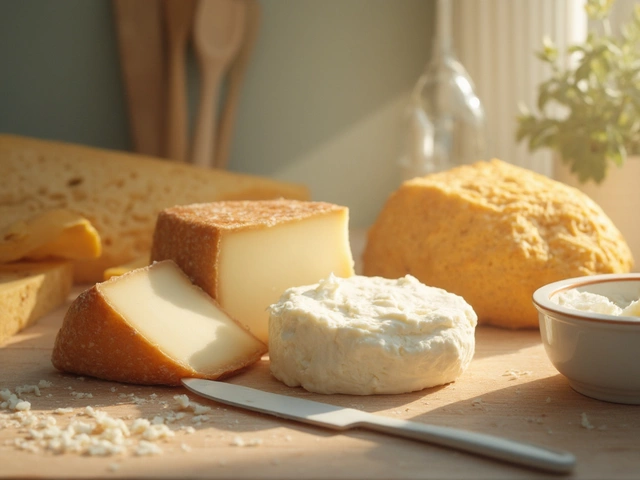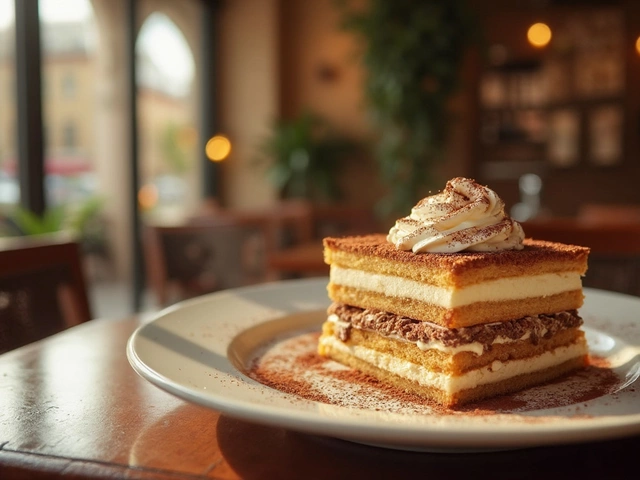Eggs in Baking – What You Need to Know
Eggs are the silent heroes of most sweet treats. They bind, lift, thicken, and add richness, turning a bland mix into a fluffy cake or silky fudge. If you’ve ever wondered why a cake collapsed or a brownie turned dry, the answer usually starts with the egg.
Why Eggs Matter in Sweet Treats
First, eggs trap air when you whisk them. That air expands in the oven and gives cakes that soft rise. Second, the proteins in egg whites and yolks set as they heat, holding everything together – think of a cheesecake’s smooth texture. Third, the fat in yolks adds mouth‑feel, making fudge creamy rather than grainy.
Our guide on the soft‑ball stage for fudge shows how a tiny bit of egg can stop a sugar‑heavy mix from cracking. In the eggless cheesecake post, we explain why skipping the egg changes texture and how to fix it with substitutes. And if you’ve ever baked a gluten‑free cake that sank, the missing egg structure is often the culprit.
Understanding these roles helps you troubleshoot. Too much egg? Your brownies might become cakey. Too little? Your frosting could split. Small adjustments make big differences, especially when you’re experimenting with altitude or low‑sugar recipes.
Egg Substitutes: When You Need to Go Egg‑Free
Sometimes you need to skip eggs – allergy, vegan diet, or simply running out. The good news? Plenty of pantry items can step in. A mashed banana works for moisture in cakes, while applesauce adds sweetness without changing flavor much. For binding, try a mix of ground flaxseed and water (1 tblsp seed + 3 tblsp water = 1 egg). Silken tofu blended smooth does wonders in dense cheesecakes.
Our "What Happens If You Skip Egg in Cheesecake?" article lists exact swaps to keep the final product creamy. When you make a gluten‑free cake, combine a little xanthan gum with a fruit puree to mimic the structure eggs normally give.
Don’t forget the taste factor. Some substitutes, like yogurt or buttermilk, add a tang that works great in chocolate brownies or lemon bars. Others, like commercial egg replacers, are neutral and let other flavors shine.
Experimenting with substitutes can also improve health. Replacing an egg with pumpkin purée adds fiber and vitamin A, a win for autumn desserts.
Bottom line: know what the egg does in your recipe, then pick a substitute that matches that function. Whether you’re aiming for a light sponge, a firm fudge, or a silky cheesecake, the right swap keeps your results on point.
Got a specific problem? Check out our post on "How to Tell If Brownies Are Bad" for storage tips, or the "Fudge Temperature Guide" for perfect soft‑ball stage every time. All these articles fall under the eggs tag because the egg’s role is woven through them.
Keep this page bookmarked. Whenever you’re unsure about an egg‑related issue, you’ll find a quick answer, a practical tip, or a clever substitute right here.
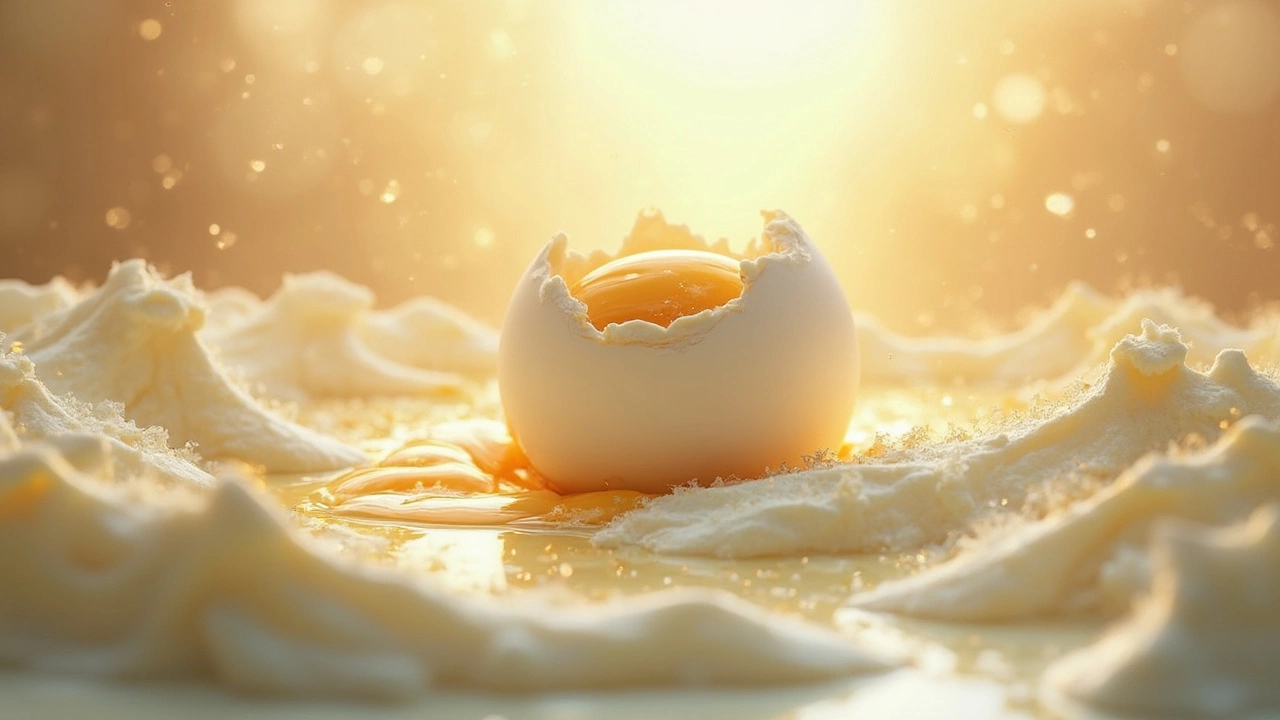
Why Eggs Matter in Cheesecake Recipes
Ever wondered why eggs are such a vital part of cheesecake recipes? Eggs do more than just bind ingredients; they contribute to the cake's texture, flavor, and structure. Understanding their role can help you perfect your cheesecake game. Here's everything you need to know about what eggs do in your cheesecake.
View More
